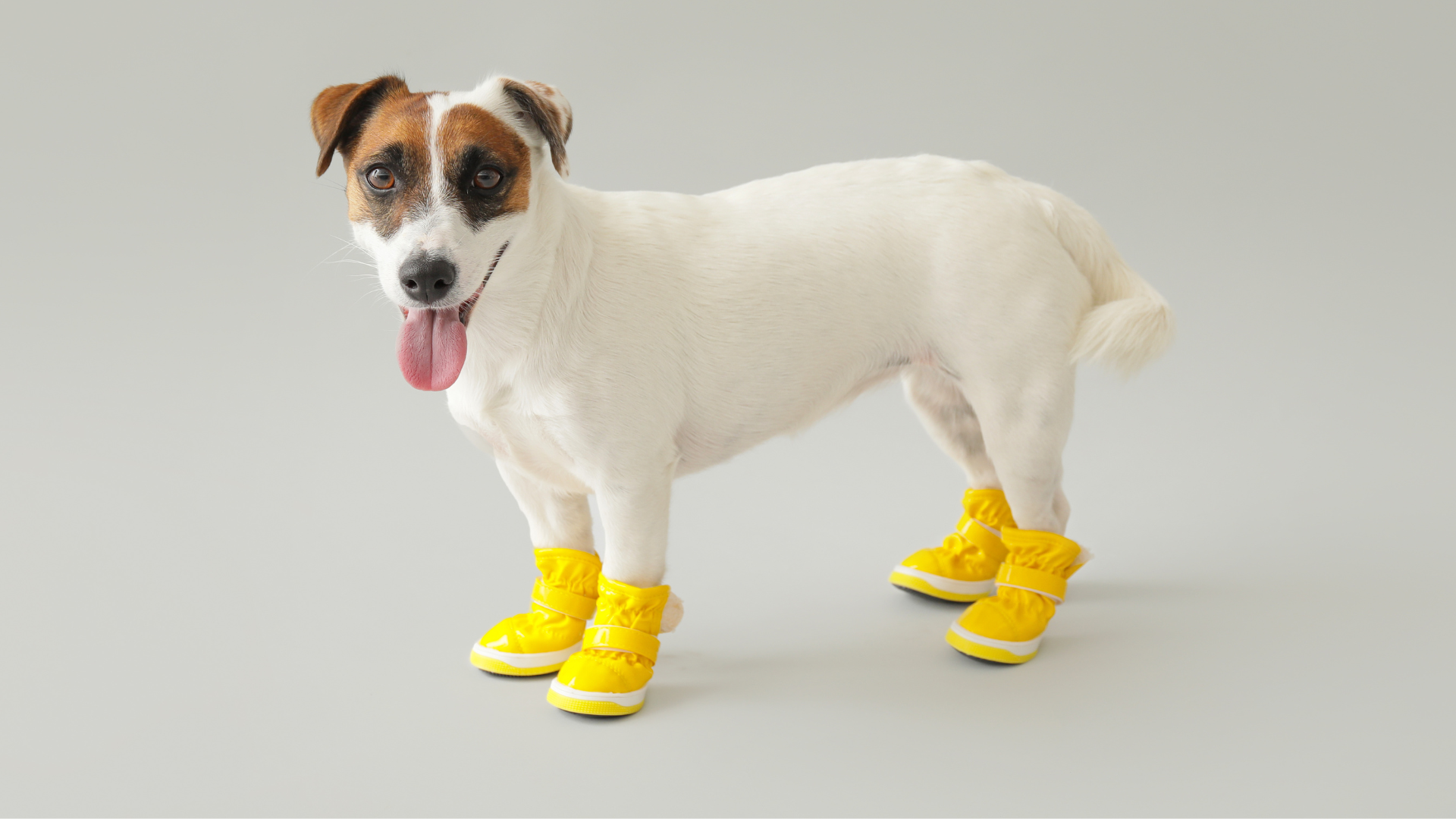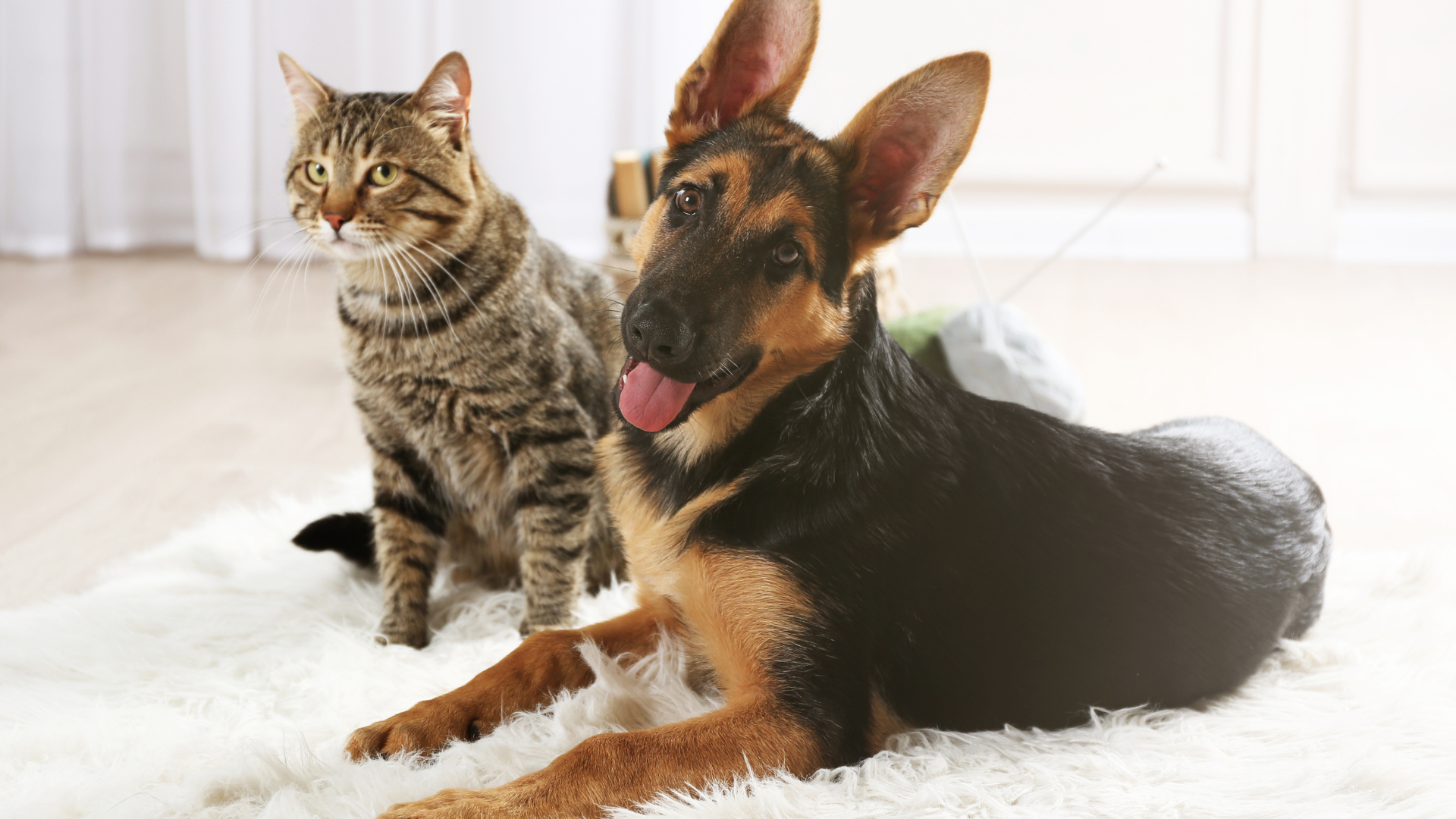The Pet-Friendly Workplace Revolution
What Is Coworking with Dogs?
Coworking with dogs is more than just allowing pets in the office—it’s a thoughtfully designed workspace where canine companions are integrated into the environment, policies, and culture. Unlike casual “pets okay” offices, true pet-friendly coworking spaces establish dedicated zones, clear etiquette guidelines, and owner support systems to ensure a harmonious experience for all.
Why Pet-Friendly Offices Are on the Rise
The shift toward work and pets integration gained serious momentum during and after the pandemic. With nearly one in five U.S. households adopting a dog during lockdown, remote work became intertwined with pet companionship. As people returned to workplaces, many found they didn't want to leave their pets behind.
Coworking providers have responded: according to a 2021 Coworker.com survey, 67% of members would choose a workspace that allows dogs, and FlexJobs found 61% of remote workers prefer pet-friendly environments. This interest isn’t just fluff—operators see it as a competitive edge to attract talent and drive membership.
Benefits of Coworking with Dogs
Reduced Stress & Improved Well‑Being
Interacting with animals lowers cortisol and releases oxytocin, which calms and centers us. A UK study found 78% of dog owners felt mental health improvements from having pets nearby at work environments. In coworking spaces, short dog breaks become micro well‑being sessions.
Boosted Productivity & Morale
Contrary to fears that pets distract, short breaks to pet or walk a dog refresh focus. Many coworking communities, like those fostered by Bond Collective or Green Spaces, report improved engagement and relaxed collaboration among members—supported by dog-facilitated face-to-face chats.
Stronger Community Connections
Dogs are natural ice‑breakers. In settings like Work & Woof or Co+Hoots, furry friends spark casual conversations and shared laughter, fostering trust and even opportunities for networking. Dogs lighten moods and bring people together authentically.
Lower Absenteeism & Enhanced Retention
For pet parents, bringing a dog to a pet-friendly office eliminates the stress of rushing home or hiring daycare. Spaces like Denver’s HomeDog report strong member retention tied directly to this convenience. Employees feel seen—they bring both their work and their heart to the office.
Unique Insight: The “Pawsitive” Perks Beyond the Desk
Some coworking operators go above and beyond. Imagine onsite grooming stations, social “Bark & Bond” events, or pet wellness workshops—a blend of work perks and pet care. These services foster community engagement and differentiate spaces in a competitive market. They also create ancillary revenue—membership + pet services = a smart business model.
As demand for flexible remote work with pets grows, so too does the opportunity for coworking spaces to pivot from novelty to necessity. Coworking hubs offering full pet‑parent support—training tips, pet-first-aid kits, weekly pamper days—will be the leaders in this next wave of workspace design.
Inside Pet-Friendly Coworking Spaces
Real-World Examples of Pet-Friendly Coworking Spaces
The idea of bringing your dog to work has evolved from casual permission to full-scale business models. Across the country, coworking spaces have embraced pet-friendly offices as a serious draw for modern professionals.
WeWork, one of the largest global coworking providers, allows dogs in many of its locations. Members often mention how having pets around transforms the office environment—making it less formal, more relaxed, and surprisingly more productive.
Smaller, niche spaces have taken it even further. Work & Woof in Austin, Texas, combines coworking with a full dog park and daycare. Members can reserve private offices while their dogs enjoy social playtime, or take breaks together in outdoor zones. Another example is Barkhaus in Alexandria, Virginia—a dog bar and coworking hybrid that emphasizes community and canine connection.
In Denver, HomeDog has emerged as a flagship for coworking with dogs. Designed with both people and pets in mind, it features canine hydration stations, quiet corners for anxious pups, and even pet wellness events. Members consistently rate it higher for comfort and happiness than traditional coworking setups.
These spaces show that designing for dogs isn't just a cute idea—it's a strategic advantage. They provide a glimpse into what the future of work and pets might look like when both needs are thoughtfully prioritized.
Creating a Pet-Positive Culture at Work
Making a space dog-friendly isn't just about opening the doors to pets. It requires a foundation of policies, education, and design that supports comfort and cooperation among all users.
Staff Training and Pet Behavior Etiquette
Many successful pet-inclusive spaces implement clear behavior policies. Dogs must be house-trained, leashed in common areas, and friendly with other animals and humans. Staff often receive training to handle minor conflicts or guide pet owners through common etiquette issues.
Common rules include:
-
Vaccination records required
-
No aggressive behavior tolerated
-
Owners must clean up after their pets
-
Disruptive barking addressed swiftly
Liability and Safety Protocols
To protect everyone involved, most coworking spaces use waivers and insurance policies that account for the presence of animals. Liability forms clarify responsibilities and reduce the risk of legal issues in case of bites, property damage, or medical concerns.
Some spaces partner with pet insurance providers or offer legal templates to streamline the onboarding of dog owners. Others require dogs to pass behavior assessments before gaining full access.
Designing a Pet-Friendly Office Layout
Intentional design plays a big role in whether a space feels welcoming or chaotic. Top-tier pet-friendly coworking environments include:
-
Non-slip floors for easy paw traction
-
Designated “pet-free” zones for members with allergies
-
Sound-absorbing materials to reduce barking reverberation
-
Built-in gates or barriers to manage dog movement
-
Dog lounges or nap zones with beds and toys
-
Air filtration to manage fur and dander
Offices that successfully integrate pets without compromising productivity understand the importance of spatial flexibility. One-size-fits-all rarely works when dogs are involved.
Challenges and Considerations
While the benefits are clear, coworking with dogs comes with unique challenges that must be managed with care.
Allergies and Phobias
Even the most dog-loving space must consider members who have severe pet allergies or fears. Solutions include creating pet-free floors, offering air purifiers, or scheduling “dog days” to give people the option to attend only when animals are not present.
Transparent communication about pet policies during the onboarding process can help ensure compatibility between members and avoid future issues.
Legal and Insurance Implications
Property owners, landlords, and coworking managers must navigate a complex web of local ordinances, liability concerns, and building codes when opening their doors to dogs. Many states require specific signage, insurance riders, or emergency procedures in place for dog-friendly businesses.
Clear contracts and well-defined responsibilities are key. Pet owners should know what is expected of them, and operators should consult legal counsel when drafting dog-related policies.
Noise and Distraction Management
Some pets are quiet companions; others bark at every sound. One yappy pup can derail an entire Zoom meeting. Top pet-friendly spaces prepare for this by:
-
Providing “quiet zones” for humans and dogs alike
-
Offering training resources to help reduce noise behavior
-
Installing acoustic panels to buffer sound
-
Encouraging dog owners to step out with vocal dogs, rather than letting it escalate
The goal is not to eliminate dogs’ natural behavior but to balance it with an environment that still promotes deep work.
Unique Insight: Hybrid Models for Inclusivity
One of the most promising trends is the rise of hybrid solutions that respect both pet parents and those who prefer pet-free work environments. These include rotating pet days, designated dog hours, or even booking software that lets members choose dog-present or dog-free time slots.
Some operators are experimenting with “coworking credits” that reward quiet or well-trained pets, gamifying good behavior and encouraging responsible ownership.
By acknowledging and addressing the potential friction points, these spaces lead with empathy and inclusion—ensuring that the love for pets doesn’t come at the cost of professional focus.
The Future of Work and Pets
What Pet Parents Want in a Workplace
Today’s professionals are not just asking for pet-friendly policies—they’re expecting them. Surveys consistently show that younger generations, especially Millennials and Gen Z, are driving the demand for more holistic, inclusive, and emotionally supportive workplaces. For pet parents, this includes the freedom to integrate daily life with their furry companions.
A 2022 survey by Banfield Pet Hospital found that 71% of Gen Z employees and 48% of Millennials would take a pay cut if it meant they could bring their pets to work. That same survey revealed that 75% of pet parents believe companies with pet-friendly policies are more attractive than those without.
These expectations go beyond basic pet entry. Workers increasingly want access to:
-
Onsite doggy daycare
-
Pet insurance as part of their benefits package
-
Pet bereavement leave
-
Pet-friendly team events and community gatherings
The idea is no longer just about tolerance—it’s about fully integrating work and pets into everyday routines in a way that supports productivity and personal well-being.
The Business Case for Pet-Inclusive Culture
Companies that lean into pet-friendly offices often discover a hidden business advantage. In competitive markets, where talent retention and positive workplace culture are critical, offering meaningful benefits for pet owners can set a company apart.
Talent Acquisition and Retention
Offering pet perks can be a recruiting superpower. Employers who allow dogs at work or offer flexible pet-related policies often report higher retention and employee satisfaction rates. In an era where flexibility is currency, being able to say, “Yes, your dog can come too,” is a strong selling point.
Positive Brand Image and PR Value
Beyond HR, companies that embrace coworking with dogs generate positive media buzz. Whether it’s an Instagrammable pup in a meeting or a feature story on their innovative workspace, pet-friendly businesses frequently gain visibility through organic storytelling and word-of-mouth.
Increased Time Onsite = Longer Memberships
In the context of coworking spaces, pet-friendly policies often result in longer member stays. Pet parents are less likely to cut their day short or skip in-person visits if their dog is comfortable and included in the space. That translates into higher engagement, greater loyalty, and more consistent revenue.
How to Advocate for a Pet-Friendly Policy
If your current coworking space or company doesn’t allow pets, you don’t have to wait for change to happen. You can be the catalyst.
Pitching It to Leadership
When making your case to decision-makers, frame it in terms of benefits that matter to them: higher retention, reduced stress, improved productivity, and positive public image. Share success stories from other companies or spaces to illustrate real-world results.
Quantify the potential advantages:
-
Reduced absenteeism from pet-related obligations
-
Attraction of top talent in pet-focused communities
-
Enhanced employee satisfaction scores
Writing a Workplace Pet Policy
A strong pet policy can alleviate many of the concerns managers or property owners may have. Your policy should include:
-
Clear behavior and vaccination requirements
-
Cleaning expectations and sanitation protocols
-
Procedures for managing conflicts or disruptions
-
Designated zones (pet-free and pet-welcome)
-
Legal waiver or acknowledgment forms
The goal is to present the idea as structured, responsible, and scalable—not chaotic or casual.
Getting Employee or Member Buy-In
Even with the best intentions, no policy works without the support of the people who share the space. Encourage feedback and listen to concerns. Offer trial days or limited testing periods to ease into the new setup.
Transparency, communication, and flexibility are key to creating a workplace that respects all needs while celebrating the joy of having pets around.
Final Thoughts: Is a Dog-Friendly Desk the New Corner Office?
In many ways, yes. What used to be a quirky exception is fast becoming a defining characteristic of forward-thinking companies and coworking spaces.
Today’s professionals—especially pet parents—are looking for more than just free coffee and fast Wi-Fi. They want community, balance, and purpose. They want to bring their whole selves to work, dogs included.
Coworking with dogs is not a passing trend; it’s a reflection of deeper societal changes in how we value work, life, and the spaces in between. As more people rethink what productivity and success look like, the dog-friendly desk might just be the ultimate office upgrade.


















